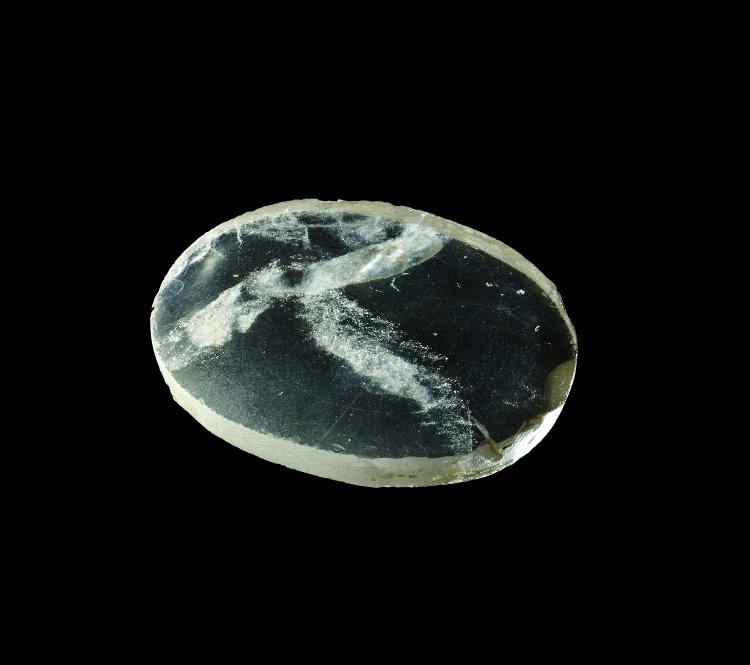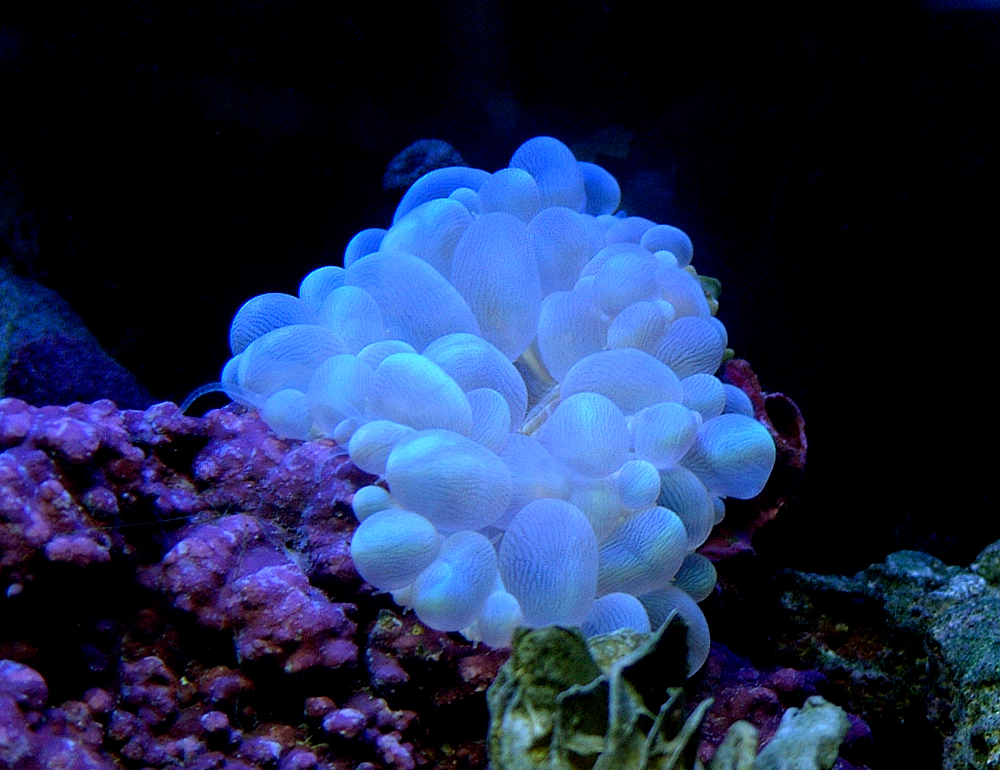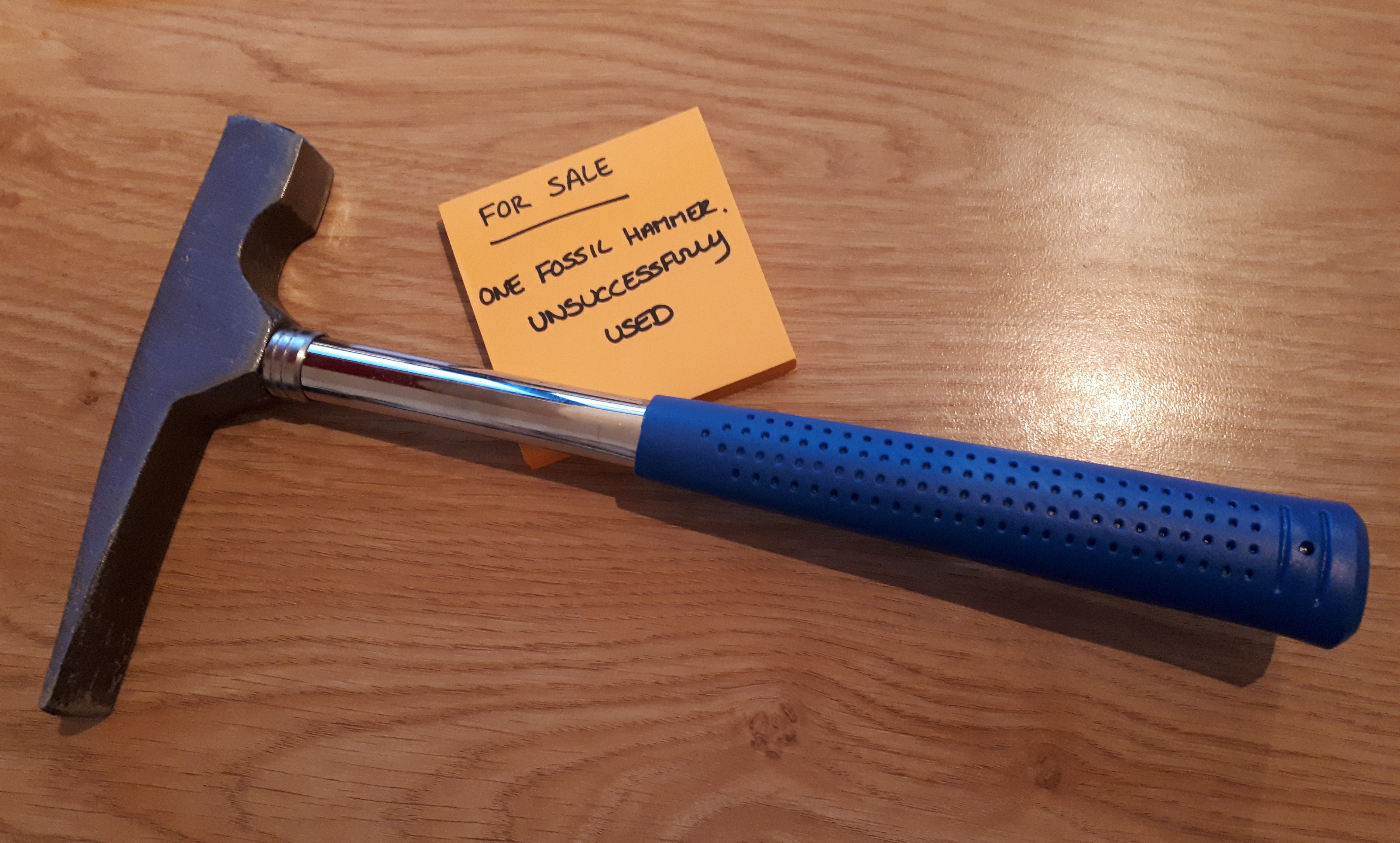Our moon – known as Luna by the Romans and Selene by the Greeks – has always been considered uninhabited. There is no atmosphere or liquid water; and high levels of cosmic radiation blast the lunar surface, as it does not have a magnetosphere to deflect the radiation. Temperatures fluctuate between 127°c during the day and -173°c during lunar night. Not exactly the warm, watery, nutrient-rich environment we enjoyed in the primordial soup. However, a paper published in the journal Astrobiology has suggested that our moon might once have hosted liquid water and possibly even microbial life. Dirk Schulze-Makuch (astrobiology, Washington State University) and Ian A. Crawford (planetary science and astrobiology, University of London) have suggested that there was a window of time when our moon was habitable.
Back in my day…
The Moon has not always been the quiet neighbour that we know today. Early in its creation the Moon was a volatile ball of volcanic activity. The current reigning theory is that the Moon was formed by debris thrown into space when an early Earth was struck by a Mars-sized asteroid approximately 4.5 billion year ago (the Hadean eon). This asteroid was named Theia, after the mythical Greek titan and mother of Selene, the goddess of the Moon. This is known as the Giant Impact hypothesis.
Volcanic activity on the Moon was at its peak around 3.5 billion years ago. Studies suggest that during this activity, the Moon was erupting superheated gases, including water vapour. Schulze-Makuch and Crawford believe that “if liquid water and a significant atmosphere were present on the early Moon for long periods of time… the lunar surface would have been at least transiently habitable”. At this time the core of Moon was still molten. This would have produced a magnetosphere, like the one that protects Earth from solar radiation. The molten core and gases being released would also have allowed an atmosphere to form. The magnetic field and atmosphere might not have been as robust as that of Earth, but it could have been enough to make the Moon habitable.
It’s one small step for cyanobacteria…
The earliest known forms of life on Earth are cyanobacteria which date back to 3.5 to 3.8 billion years ago – the same time that the Moon had an atmosphere and was spewing gases and water vapour. We know that asteroid activity was high at the time, and Earth and the Moon were subject to regular impacts. These impacts – if significant enough – could send chunks of terrestrial rock flying out into space. If one of these chunks of rock containing cyanobacteria landed on the Moon with its liquid water, it is very possible that the microorganisms could have survived. In fact, Schulze-Makuch claims that “there could have actually been microbes thriving in water pools on the Moon until the surface became dry and dead.”
Panspermia
In 2006 I was sitting in a lecture theatre discussing the origins of life. One of the theories put forward was Panspermia – the theory that life originated somewhere else in the universe and arrived on Earth as a microorganism on a comet. We all laughed, but more and more, the theory of Panspermia is looking possible.
One of the problems we have with accepting theories like Panspermia comes from the position that we think the Earth is a closed environment, i.e. that nothing gets in and nothing gets out. But we know that’s not true, and we have known that for a long time. Solar winds, dust, asteroids, comets etc bombard our atmosphere every day and we are sprinkled with debris from anywhere and everywhere. A petri dish left open will eventually become infected, and we are an open petri dish in the giant lab that is the universe.
In 1961 the astronomer and astrophysicist, Frank Drake, came up with an equation to postulate the probability of life existing in the universe. You can find a full explanation of the Drake Equation here, but in essence it states that life could be found on a planet that is the correct distance from a star (the sun) and that has the environmental conditions that could potentially support life (liquid water and a protective atmosphere). When we consider these requirements in the light of the Schulze-Makuch and Crawfords paper, the idea of life spending time on the Moon starts to seem possible.
What’s possible vs what’s probable
It is time to let go of our preconceptions – time to stop saying “that’s not possible”. Perhaps life originated somewhere else in the universe and found its way to Earth (and maybe the Moon and Mars). Perhaps life started here and has been shot out into space by asteroid impacts, seeding the solar system. If something is ‘possible’, it is able to be done. If something is ‘probable’, it is likely to have happened. If we can, even temporarily, relinquish our hold on what is probable, maybe we will be more open to what is ‘possible’. Think of all the things we believed 200 years ago that we laugh at today. Twelve years ago, I sat in a lecture hall full of biologists and we laughed at the idea of Panspermia – we’re not laughing now.
Where do we draw the line?
Back in May, a story hit the headlines that researchers have suggested that maybe the octopus is an alien species from another planet. This paper was published in the journal Progress in Biophysics and Molecular Biology, had 33 scientists named on it, and was peer reviewed. As soon as this paper saw the light of day it was ridiculed and shot down. You can read the paper here and decide for yourself. But before you start rolling your eyes at the idea of alien octopods, you should know that in the same month, a research team from New Zealand announced that they are starting an environmental DNA search of Loch Ness to see if they can find Nessie DNA. I don’t see anyone arguing with them.
So where do we draw the line? When does sensible become close-minded? As scientists, we should be open to possibility, particularly in biology. There are countless examples of things in biology that shouldn’t be but are. I’m not saying that we are going to find the Loch Ness monster or that octopus are from another planet – I’m saying that just because it’s not probable, doesn’t mean it’s not possible.
You can read the Schulze-Makuch and Crawford paper ‘Was There an Early Habitability Window for Earth’s Moon?’ here.
- Etymology – moon or Moon?
When referring to the companion that belongs to Earth we use a capital M, as we are naming it ‘Moon’. Ex. There is the Moon.
We use a small m when referring to the satellites as an object or description. Ex. Jupiter has many moons. Io and Europa are moons.
- Earth’s moon is the largest moon in proportion to its companion planet in the solar system.




Awesome article.
Thank you! 🙂